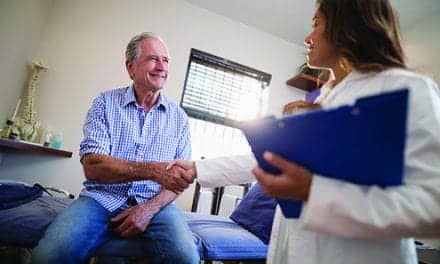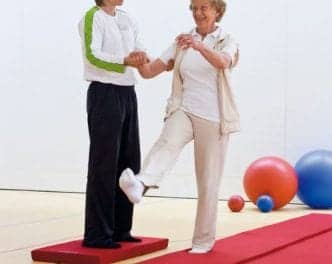Abbott announces positive results from a prospective, multicenter study, providing the scientific basis for the company’s Proclaim XR recharge-free neurostimulation system for people living with chronic pain.
The data, from the company’s BurstDR micrOdosing stimuLation in De-novo patients (BOLD) study, suggests that BurstDR helped reduce pain catastrophizing scale scores (PCS) by an average of 62%.
PCS is a patient-reported measure used to determine how pain affects the mental state of a person experiencing chronic pain.
The research, which was presented at the 2020 North American Neuromodulation Society (NANS) annual meeting, also found that 78% of people had a baseline, or initial, Oswestry Disability Index (ODI) score of “severe,” “crippling” or “bed bound.”
After receiving treatment from a Proclaim XR implant for 6 months, 71% of people in the study had a minimal or moderate ODI score, with 29% of people having a “severe” or “crippling” ODI score, according to the company in a media release.
Additional data were also presented at NANS from the TRIUMPH study, a prospective, multi-center, single-arm, international study of 269 patients, which suggests significant improvements in physical, mental and emotional function were sustained for up to 1 year, post-permanent implant. Patients also reported a reduction in the impact of pain on daily life, which resulted in patients becoming more active when measured at 1 year.
Abbott’s Proclaim XR system is designed to allow physicians to identify the lowest effective dose of BurstDR stimulation customized to each patient, optimizing system longevity while maintaining effective pain and symptom relief, and eliminating the need for recharging (for up to 10 years at low-dose settings), the release continues.
“We’re still only scratching the surface of what spinal cord stimulation can do in patients experiencing chronic pain,” says Keith Boettiger, vice president of Abbott’s neuromodulation business, in the release.
“The more we learn and study the BurstDR stimulation waveform and low intermittent dose stimulation, the more we are able to apply this technology to real world situations.”
[Source(s): Abbott, PR Newswire]





